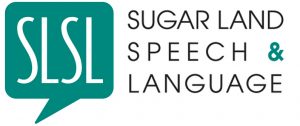Orofacial Myofunctional Disorders
Research has discovered that around 38% of the population has some type of OMD condition
Orofacial Myofunctional
Disorders
Research has discovered that around 38% of the population has some type of OMD condition
Orofacial Myofunctional Disorders (OMDs) are disorders of the muscles and functions of the face and mouth. OMDs may affect, directly and/or indirectly, breastfeeding, facial skeletal growth and development, chewing, swallowing, speech, occlusion, temporomandibular joint movement, oral hygiene, stability of orthodontic treatment, facial esthetics, and more.
Most OMDs originate with insufficient habitual nasal breathing or with oral breathing. The subsequent adaptation of the muscles and the orofacial functions to a disordered breathing pattern creates many OMDs. These Disorders may impact treatments by orthodontists, dentists, dental hygienists, speech-language pathologists, and other professionals working in the OMD area.
Some Orofacial Myofunctional Disorders (OMDs) can be, but are not limited to;
- Tongue Thrust
Jaw Pain
Cross Bite
Nail Biting
- Short Upper Lip
- Sleep Apnea
- TMJ/TMJD
- Thumb/finger/tongue sucking

Correct swallowing depends on a proper relationship between muscles of the face, mouth and throat. The act of swallowing is one function that depends on the body’s vital balance. To swallow properly, muscles and nerves in the tongue, cheeks and throat must work together in harmony. When a person swallows normally, the tip of the tongue presses firmly against the roof of the mouth or hard palate, located slightly behind the front teeth. The tongue acts in concert with all the other muscles involved in swallowing. The hard palate, meanwhile, absorbs the force created by the tongue.
